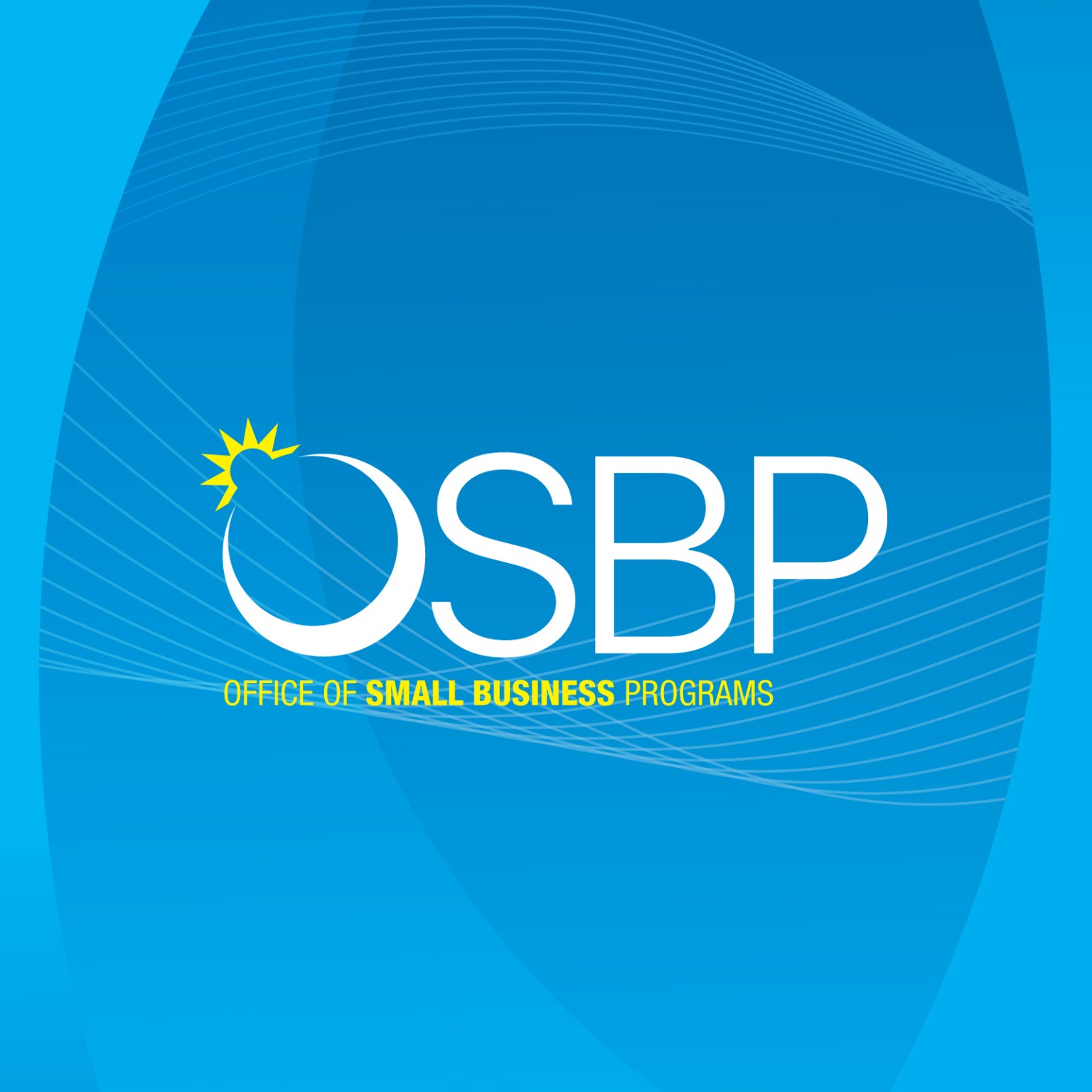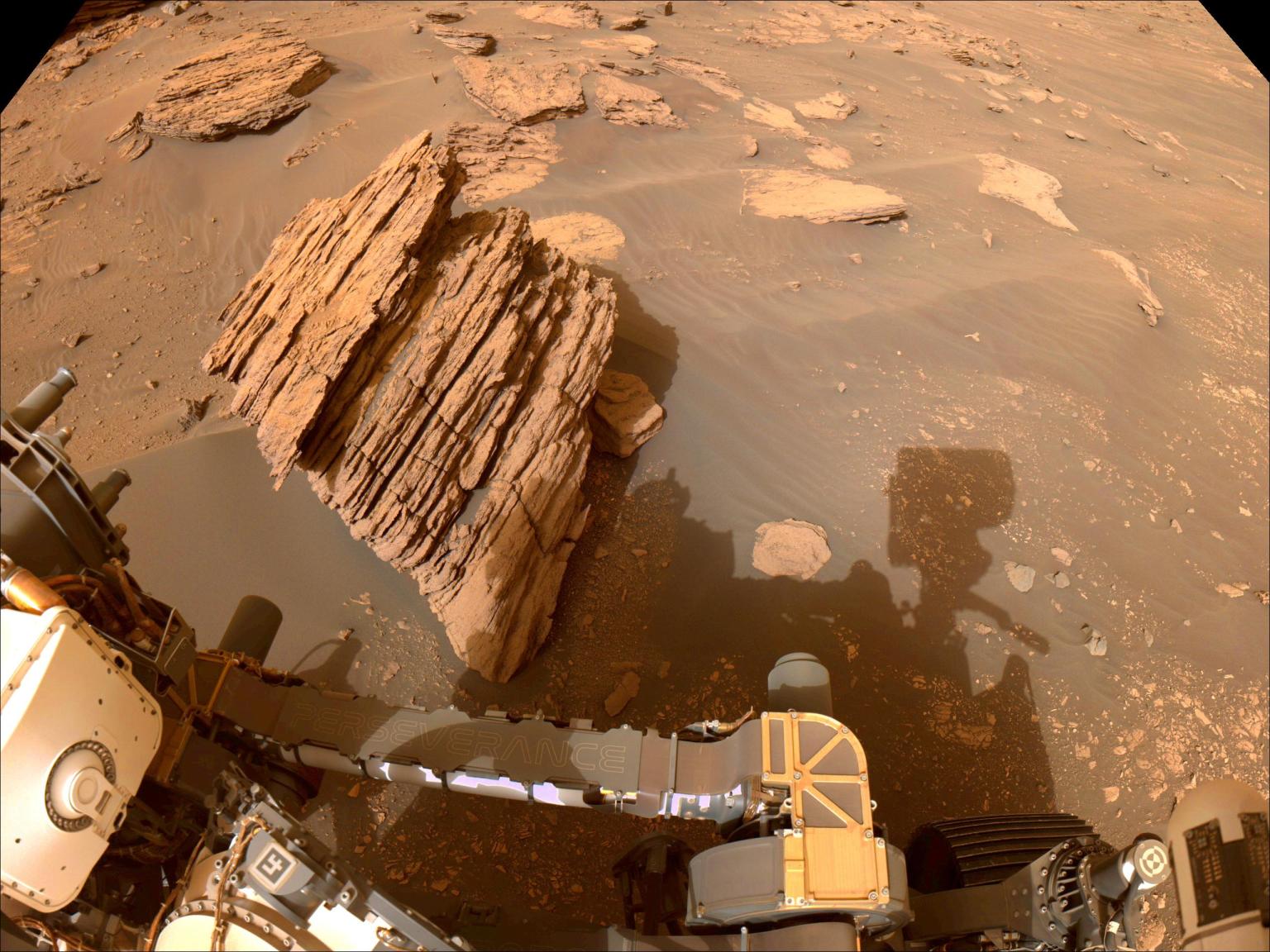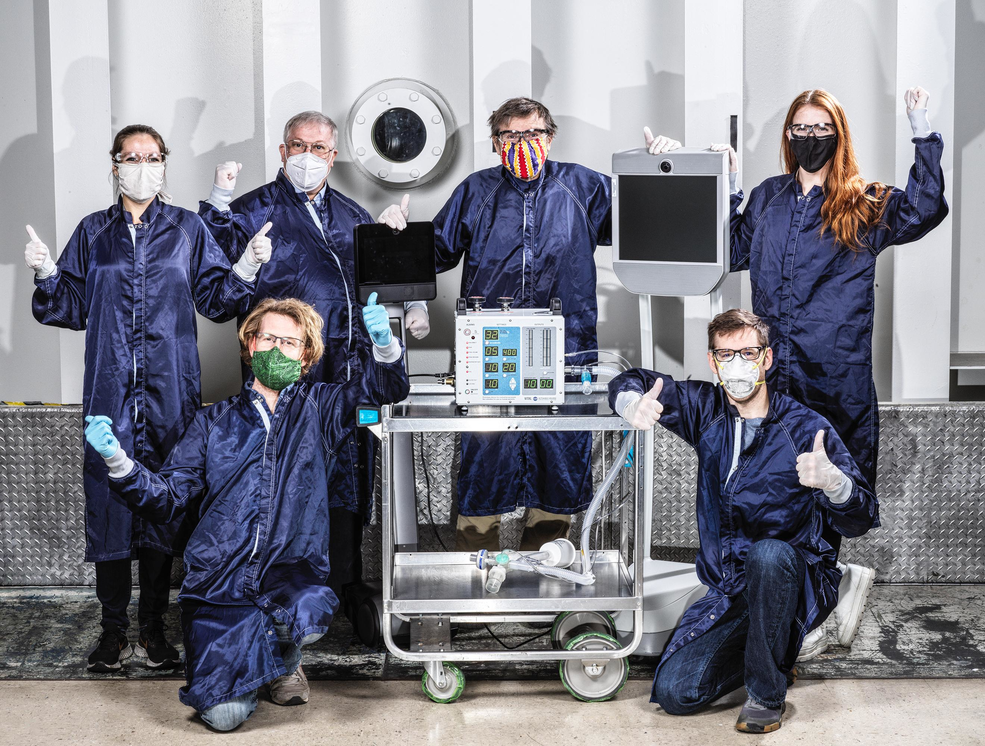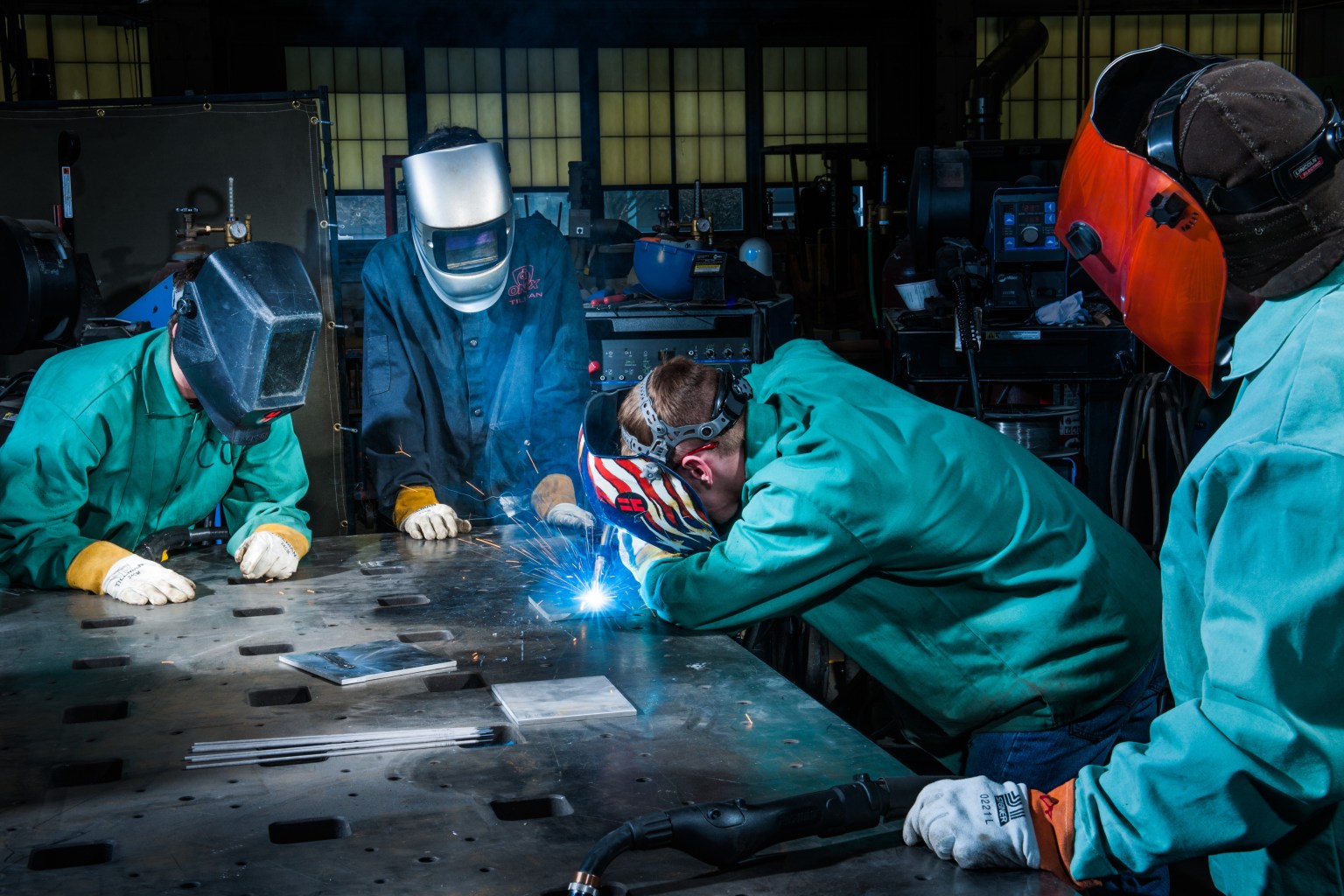
Partnership Engagement Contacts and Capabilities
NASA Partnerships are found in every state and many other countries. NASA centers and facilities offer 60 years of experience in advanced engineering cutting-edge research and technology development, as well as unique assets such as land, facilities, and laboratories for use by commercial industries, academic institutions, U.S. Government agencies, and international entities.
NASA offers its unique capabilities and resources for use by commercial industries, academic institutions, U.S. Government agencies and international entities. Many NASA partnerships are attributable to direct communication between the potential partner and a NASA Center and are not derived from a formal Partnership Announcement.
If you are interested in partnering with NASA or have a partnership idea, please contact a NASA Partnerships or Center point of contact using the information below.
Explore NASA Center Capabilities
NASA Partnerships are found in every state and many other countries. NASA centers and facilities offer 60 years of experience in advanced engineering cutting-edge research and technology development, as well as unique assets such as land, facilities, and laboratories for use by commercial industries, academic institutions, U.S. Government agencies, and international entities.
Learn More about Explore NASA Center Capabilities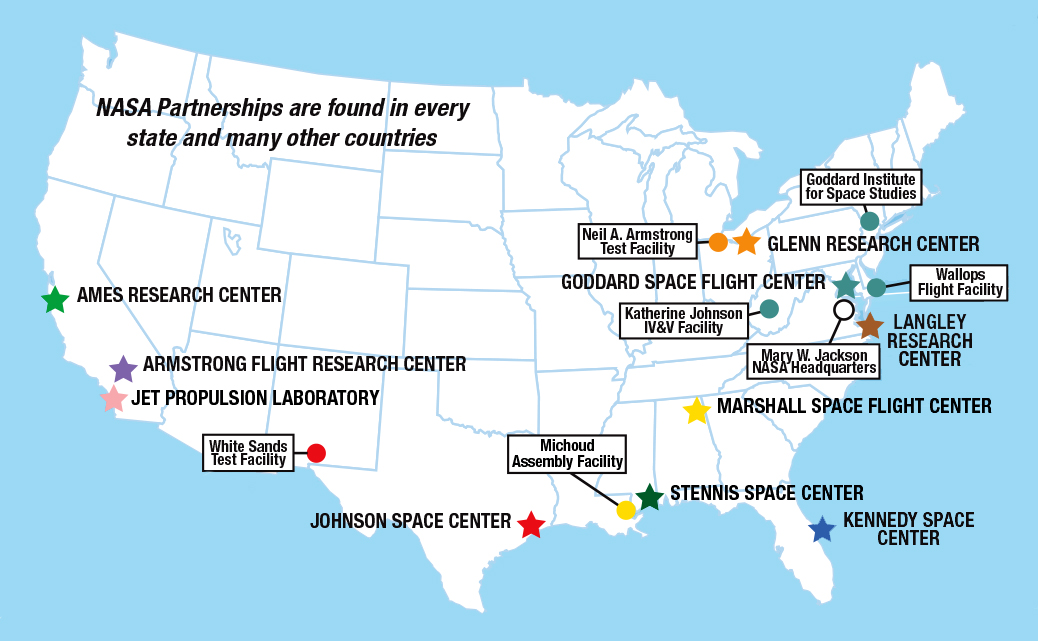
NASA Center & Facility Capabilities
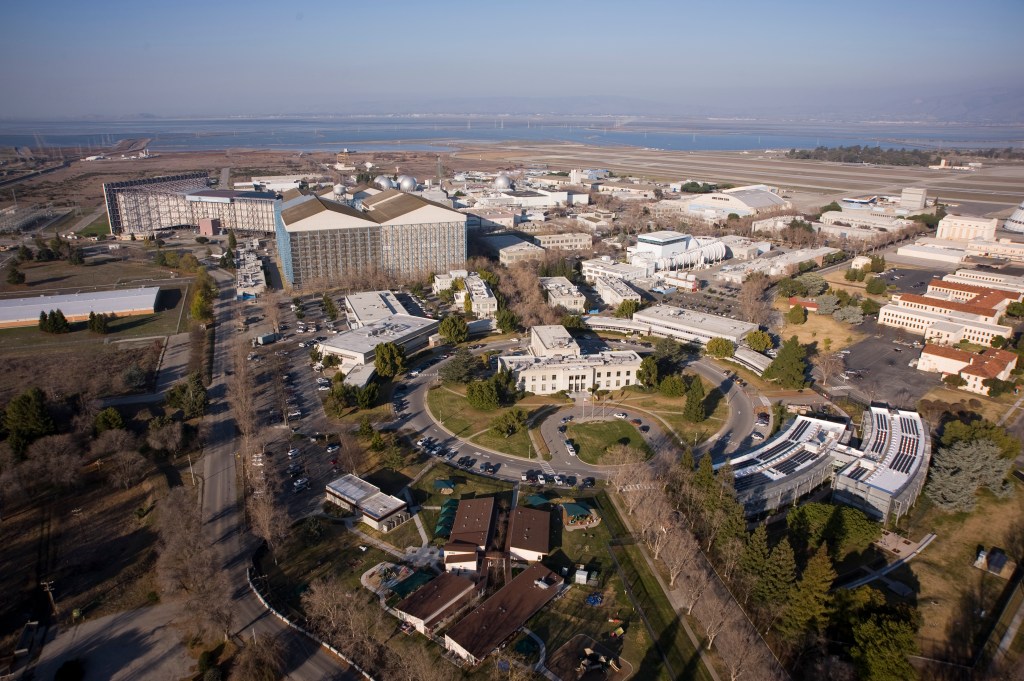
Ames Research Center (ARC)
Located in Moffett Federal Airfield, California, ARC capabilities include: Air Traffic Management; Entry Systems; Advanced Computing and IT Systems; Intelligent/Adaptive Systems; Small Spacecraft Technology and Missions; Astrobiology and Life Science; and Space and Earth Sciences
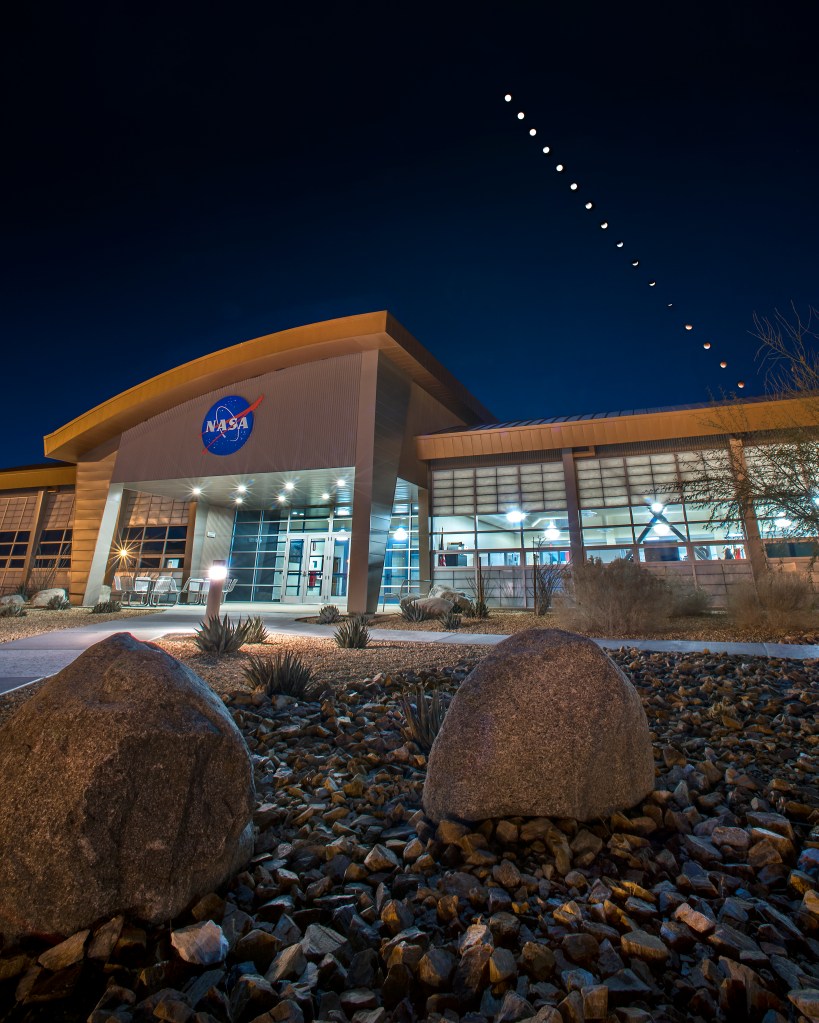
Armstrong Flight Research Center (AFRC)
Located in Edwards Air Force Base, California, AFRC’s capabilities include: Spacecraft/Aircraft Loads, Instrumentation & Systems Integration; Thermal & Ground Testing; Thermal Analysis & Systems Development; Flight Testing of Unique Research Vehicles & Space Systems; Enable Low-cost Access on Commercial Suborbital Space Platforms; and Global Atmospheric Research
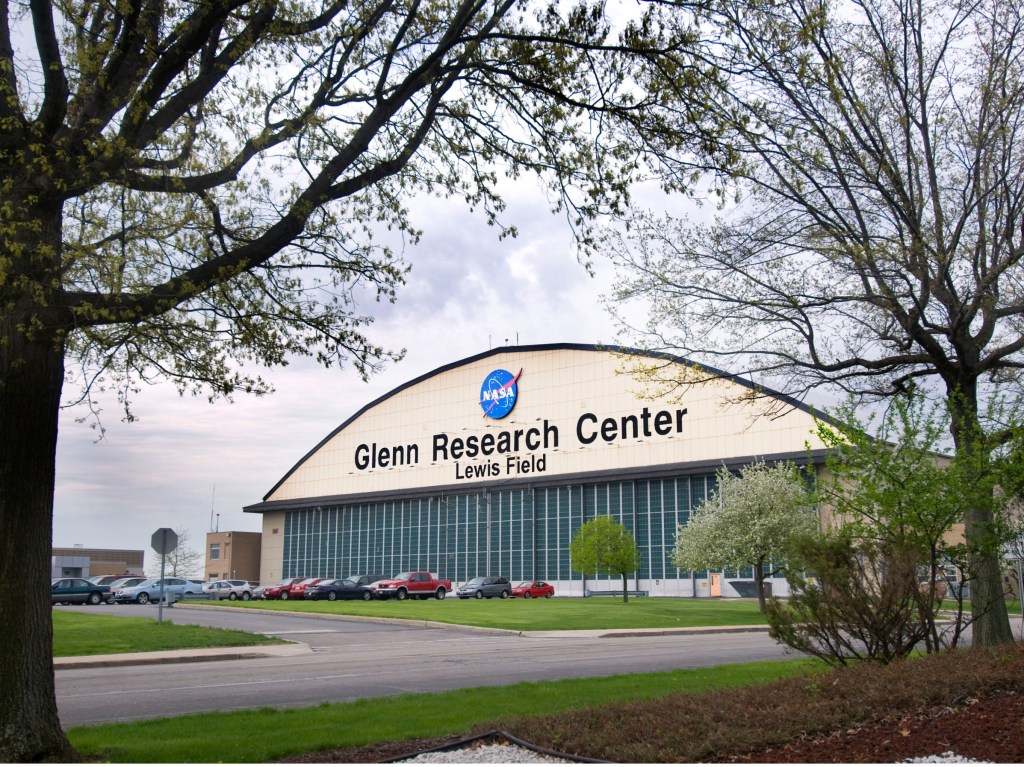
Glenn Research Center (GRC)
Located in Cleveland, Ohio, GRC’s capabilities include: Air-Breathing Propulsion; Electric Propulsion; Power Systems; Communications; Materials; Physical Sciences; Major Test Facilities including Aero-Propulsion Wind Tunnels & Engine Test Cells; and R&D Labs including the World’s Largest Vacuum Facility
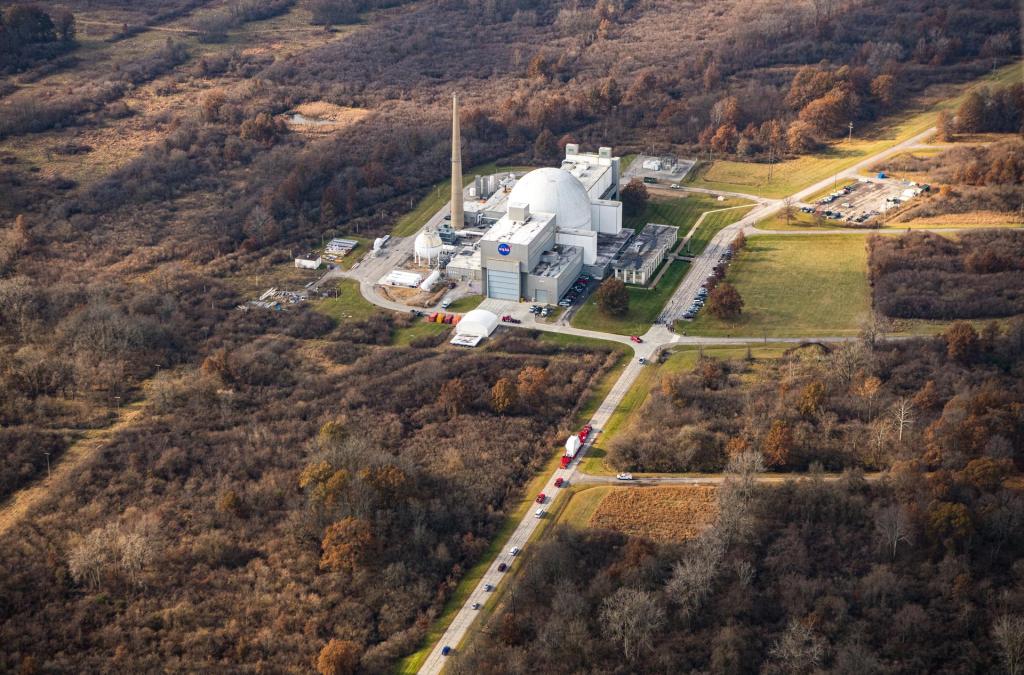
Neil A. Armstrong Test Facility
Located in Sandusky, Ohio and operated by GRC, the test facility’s capabilities include: Reverberant Acoustic Testing, Electromagnetic Effects, Mechanical Vibration, Space Test Chambers, Electric Propulsion, and Air Hypersonic Testing.
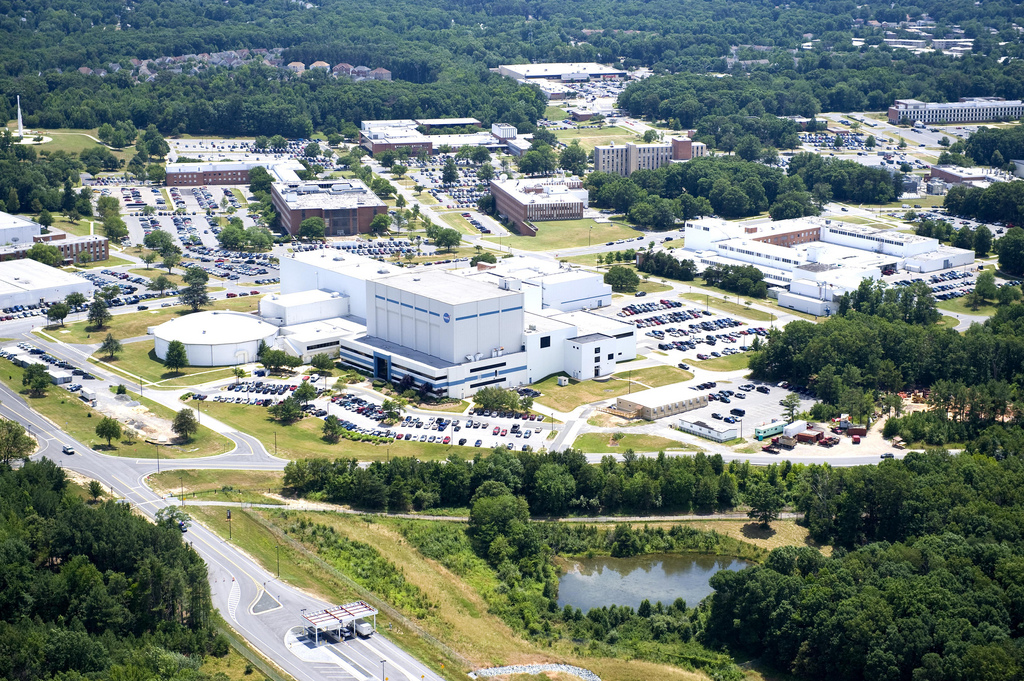
Goddard Space Flight Center (GSFC)
Located in Greenbelt, Maryland, GSFC’s capabilities include: Earth System Observation & Modeling; Instrument Development & Miniaturization and Characterization; Distributed Sensing; Space Weather; Spacecraft Development & Integration; Robotic Acquisition, Servicing & Assembly; Space Communications; and Launch Range and Suborbital Services
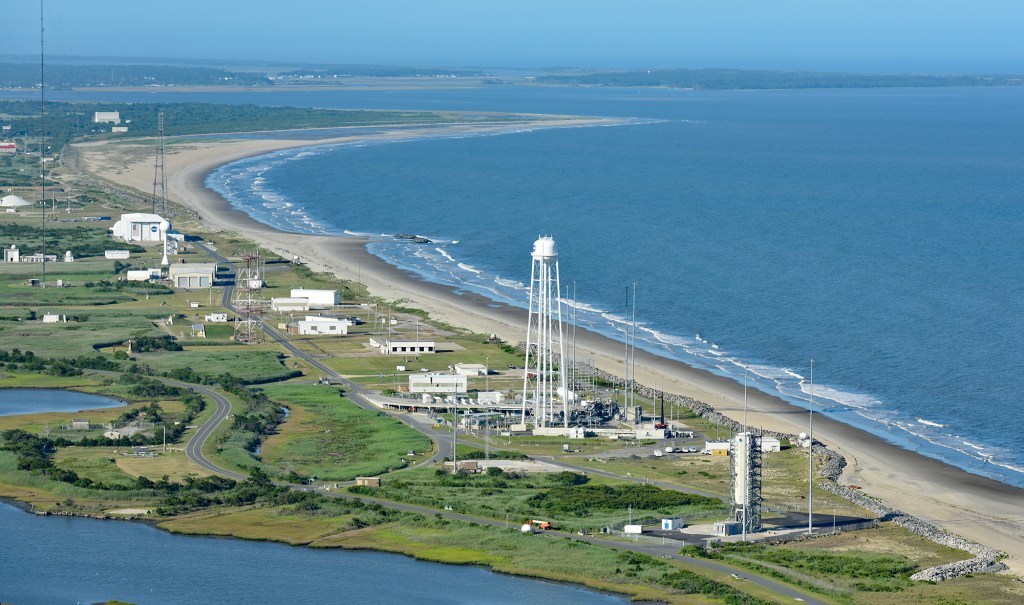
Wallops Flight Facility (WFF)
Located in Wallops Island, Virginia and operated by GSFC, WFF’s capabilities include: Flight and Launch Range Services for High-Altitude, Suborbital, and Orbital Balloons or Rockets; and Satellite Tracking and Commanding.
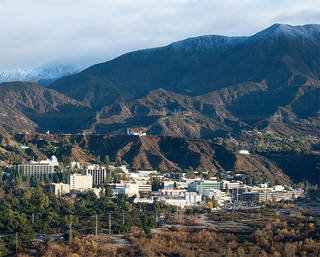
Jet Propulsion Laboratory (JPL)
Located in Pasadena, California, JPL is a Federally-Funded Research and Development Center operated on behalf of NASA by the California Institute of Technology (Caltech). Any partnership agreements committing JPL resources are subject to the review, approval, and execution by the NASA Office of JPL Management and Oversight (NOJMO). JPL’s capabilities include; Remote Sensing Systems; Advanced Optics; Robotics & Autonomy; Communication & Navigation Systems; Avionics; Mission Design & Concurrent Engineering; Earth Science Research & Applications Development; and Data Analytics
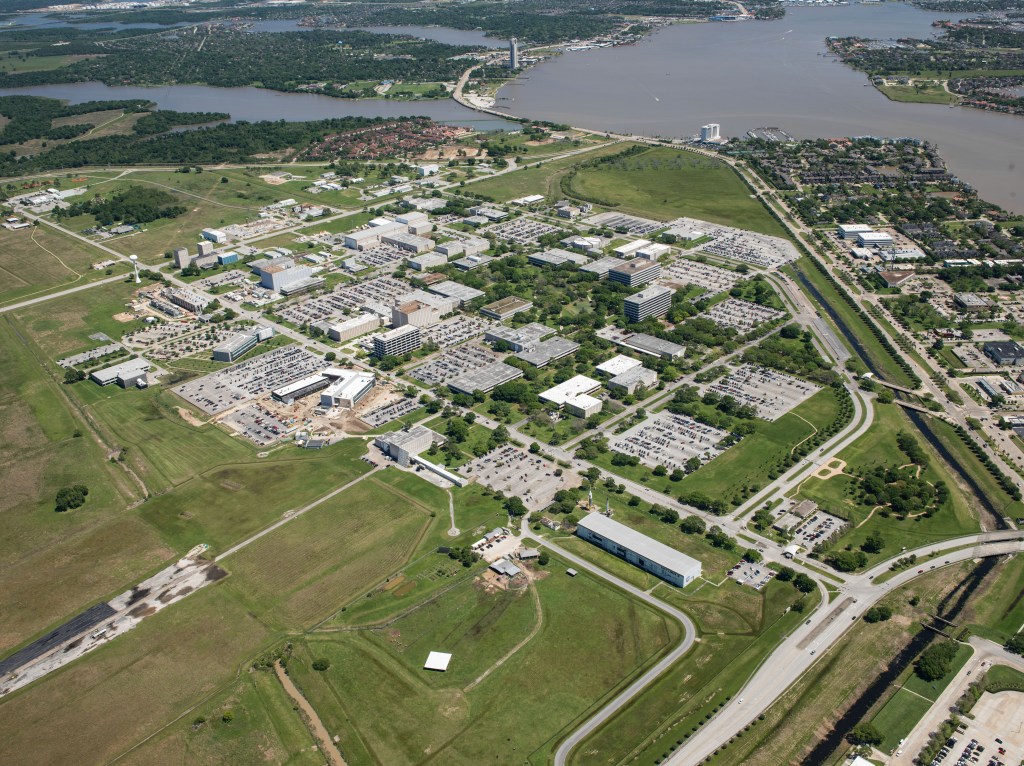
Johnson Space Center (JSC)
Located in Houston, Texas, JSC’s capabilities include: Human Spaceflight Design, Development, Systems Integration & Mission Operations; ISS Coordination & Access; Crew Training & Mission Planning; Life Support Systems; Space Suits; Human Health & Safety in Space; Orbital Debris; and Facility Available for High-Pressure Oxygen Systems, Materials & Rocket Propellant Testing
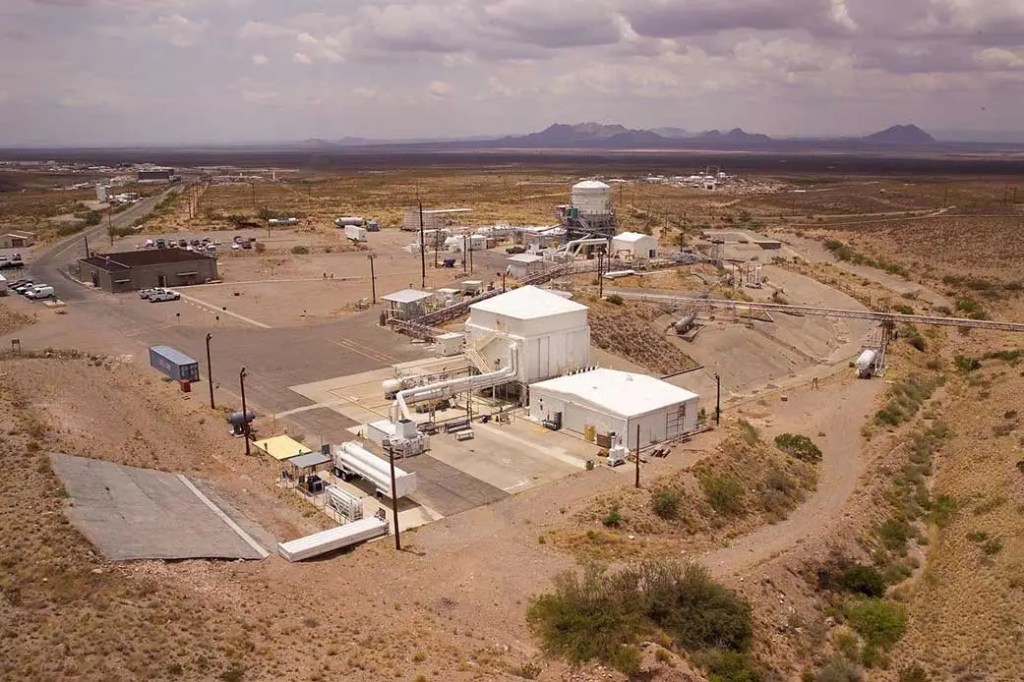
White Sands Test Facility (WSTF)
Located in Las Cruces, New Mexico and operated by JSC, WSTF’s capabilities include: Materials & Rocket Propellant Testing; Composite Pressure Systems; Critical Systems; Hypervelocity Impacts; Oxygen Systems; Propellant and Aerospace Fluids; and Propulsion Systems.

Kennedy Space Center (KSC)
Located in Cape Canaveral, Florida, KSC’s capabilities include: Launch & Landing Capabilities & Technologies; Available Land; Vehicle, Payload, Spacecraft & Small Satellite Processing; Integration & Testing; ad Plant Research & Production
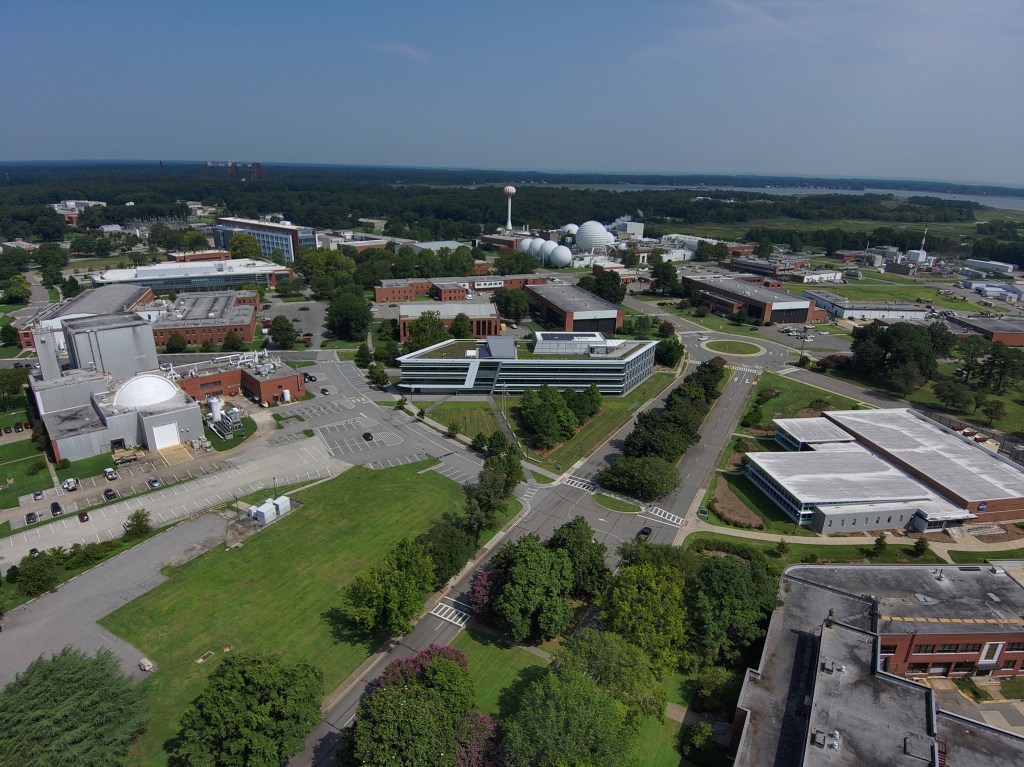
Langley Research Center (LaRC)
Located in Hampton, Virginia, LaRC’s capabilities include: Entry, Descent & Landing; Aerosciences; Atmospheric Characterization; Systems Analysis and Concepts; Advanced Materials and Structural Systems; and Intelligent Flight Systems
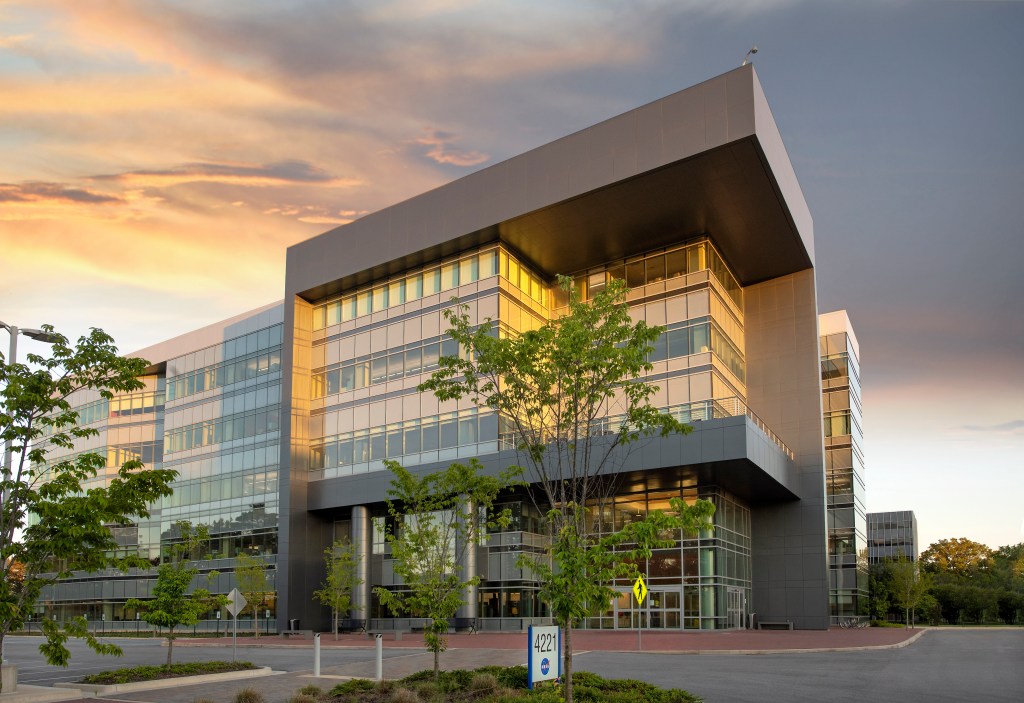
Marshall Space Flight Center (MSFC)
Located in Huntsville, Alabama, MSFC’s capabilities include: Chemical Propulsion Development, Testing & Technology; Habitat & Environmental Control; Life Support Systems Development, Testing & Technology; and Facility Available for Large Scale Manufacturing & Equipment

Michoud Assembly Facility (MAF)
Located in New Orleans, Louisiana and operated by MSFC, MAF’s capabilities include: Large Scale Equipment, Assembly, and Advanced Manufacturing of Space Structures and Systems; and Tenancy.
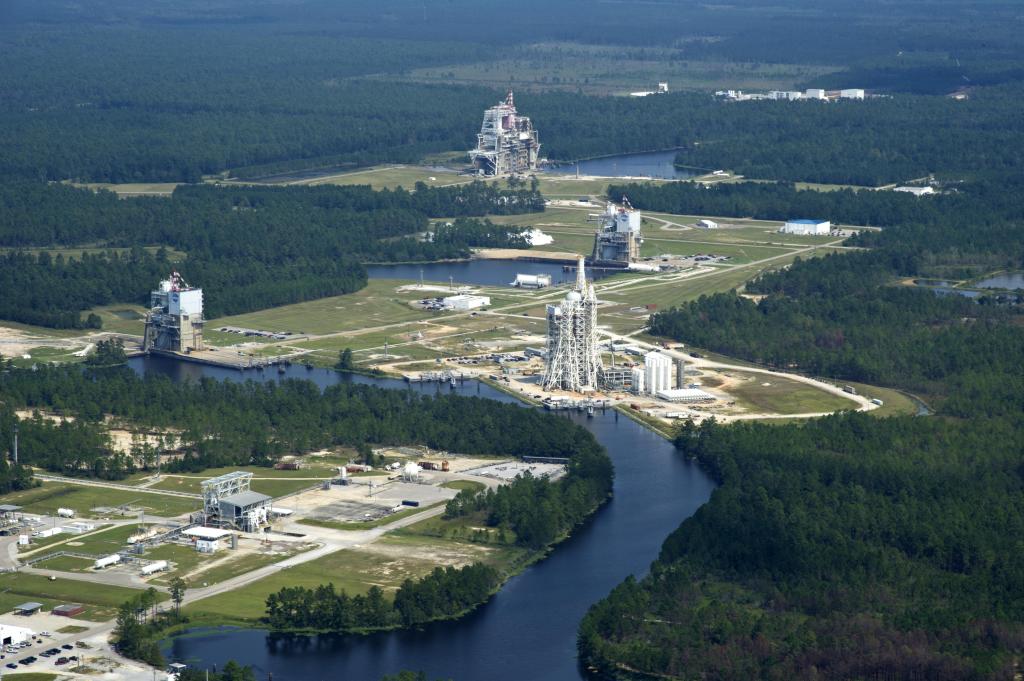
Stennis Space Center (SSC)
Located in Bay St. Louis, Mississippi, SSC’s capabilities include: Propulsion & Launch Systems Test & Technology; Test Operations & Engineering Consulting; Lease Opportunities for Commercial Space Activities; and Small UAV & Lander Test Sites
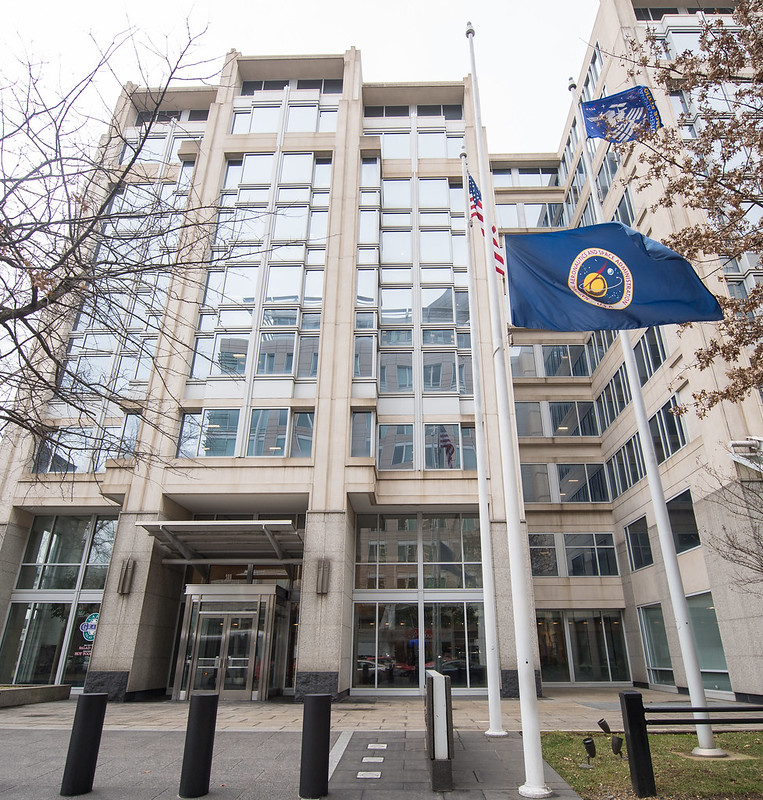
General Inquiries
If none of the options above fit your needs, contact our NASA Partnerships Office for more information on making a connection.
NASA Headquarters and Technology Development Office Capabilities
Engagement Opportunities
See more about Engagement Opportunities



























